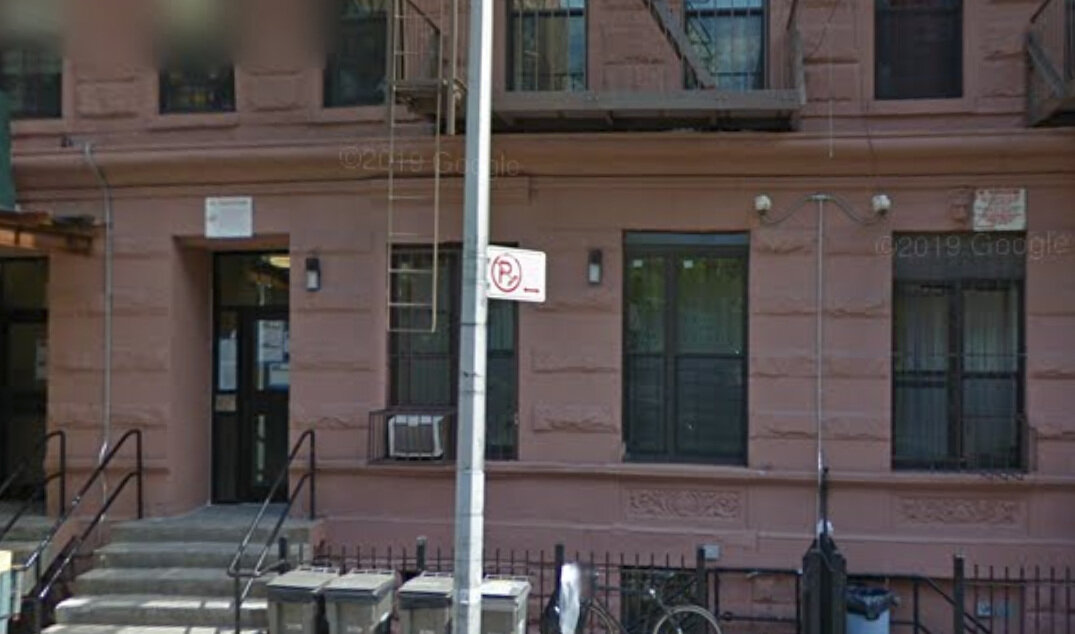Black Jewish congregations in Harlem
The sixth post in our series on Black New York, 1921, for Black History Month
One hundred years ago today … Roy Murray started court proceedings claiming that his butcher shop at 2367 7th Avenue was being seized by Black Jews. The group extorting him was the Live Ever, Die Never Society, an offshoot of the Relief Association of Hebrew Settlement Workers, a Black Jewish group led by E. W. Roberson.
Harlem Age, 12 February 1921, p.1. Chronicling America.
The history of Black Jews in New York City is complicated and rife with some disputed points. (See the sourses listed at bottom, most of all particular Gold, “The Black Jews of Harlem.”) One version of the history goes back to 1899, when Rabbi Leon Richlieu founded an iteration of the Moorish Zionist temple in Brooklyn (El Mujaddid). Twenty years later, 1919, Rabbi Wentworth Arthur Matthew founded the Commandment Keepers, one of the more visible congregations that last at least until the 1990s (Fried). 1921 was a significant year in this history, as it was the year that Rabbi Mordecai Herman founded the Moorish Zionist temple at 127 West 134th Street, pictured below in 1929.
Photo by James Van Der Zee. Birmingham Museum of Art.
Here is that address in a recent photo. The 1929 building was either renovated or destroyed.
Google Maps.
Harlem was the nexus of the Black Jewish movement. According to Isaac Fried,
The blocks adjoining Malcolm X Boulevard from 120th to 130th street are peppered with buildings that, for decades, bore Hebrew names. 4 West 121 Street, an apartment building, used to be B’nai Adath Kol Yisroel. 204 Malcolm X Boulevard is now an empty lot, but was once the site of Kohol Beth B’nai Yisroel, a dynamic synagogue with a young rabbi, that competed with the Commandment Keepers for worshipers in the 1950s.
Of the numerous Black Jewish leaders 1920s New York, one of particular interest was Arnold Josiah Ford.
Ford, a musician, was a member of James Reese Europe’s Clef Club. In 1919 he joined Marcus Garvey’s Universal Negro Improvement Association (UNIA) and became musical director, leading the msucal accopaniment at events. With Benjamin Burrell, he would write the UNIA anthem, “Ethiopia.” (Momodu) Several years later, he would start the Beth B’nal Abraham Temple
References/Further Reading:
El Mjaddid, El Aemer, “The 1899 Moorish Zionist Temple founded (3 decades) after the United States Civil War.” 12 January, 2020. Murakushsociety.org.
Fried, Isaac. “In the Footsteps of The Black Jews of Harlem.” 30 September 2020. Medium.com
Gold, Roberta S. “The Black Jews of Harlem: Representation, Identity, and Race, 1920-1939.” American Quarterly, vol. 55, no. 2, 2003, pp. 179–225.
Kestenbaum, Sam. “On Jerusalem Walls, Artist Memorializes Black Rabbi from Harlem.” 31 March, 2016. The Forward.
Momodu, Samuel. “Arnold Josiah Ford (1877-1935)” 4 January, 2021. Blackpast.org.
–– Jonathan Goldman, February 11, 2021.
TAGS: religion, African American history, Black History Month, Judaism, Harlem



